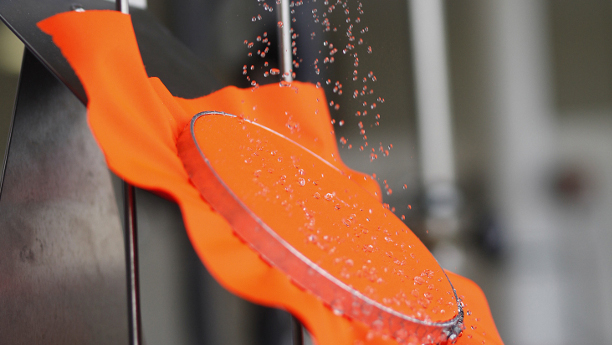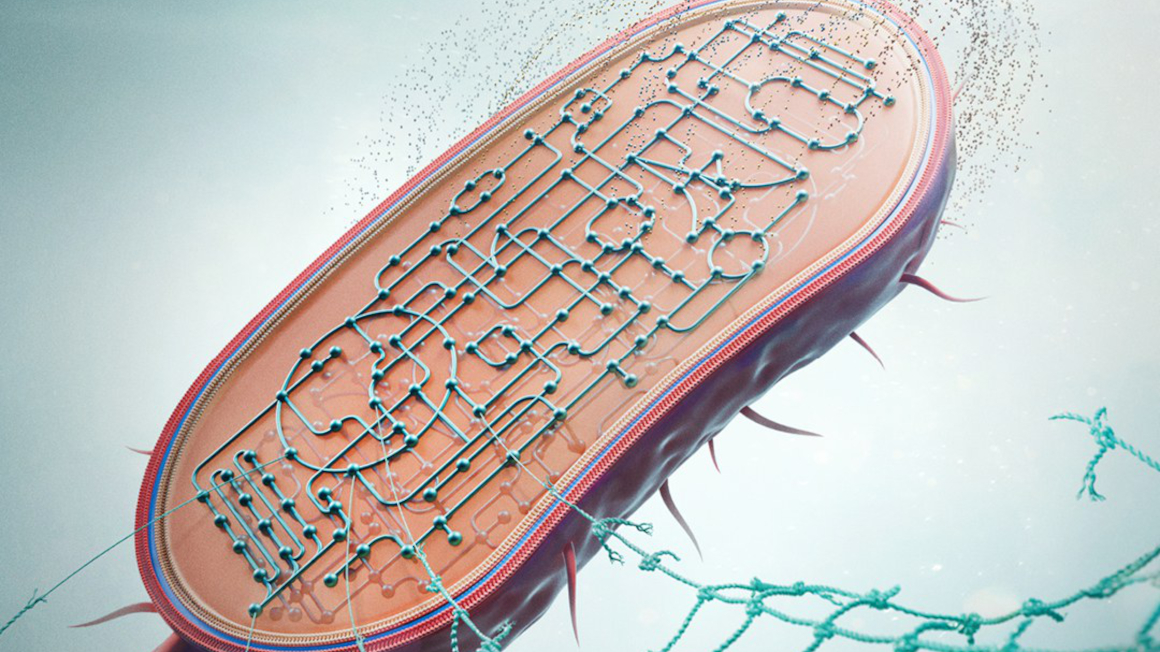Dirt and water blockers from fungi proteins
Waterproof items are popular with the young and old. However, the waterproof layer made from chemicals is does not degrade well.

Researchers from the Hohenstein Institute and the Fraunhofer Institute for Interfacial Engineering and Biotechnology IGB in Stuttgart have discovered a renewable alternative. With the help of water-resistant proteins, so-called hydrophobics, which are stored in the walls of fungi, the researchers hope to create a natural dirt and water blocker for textiles. The joint project has just begun.
Come rain, wind or snow, thanks to modern water and dirt-repellent textiles, we’re equipped to cope with all kinds of weather. But regardless of how popular the functional clothing is, the impregnation process is controversial. Perfluorianted and polyfluroinated chemicals (PFC) are used in the hydrophobization process. PFC consists of carbon chains of different lengths, in which the hydrogen atoms are completely (perfluorinated) or partially (polyfluorinated) replaced by fluorine atoms.
This extremely stable bond can only be dissolved under very high-energy expenditure and is virtually non-biodegradable. Researchers from the Hohenstein Institute in Bönnigheim and the Fraunhofer Institute for Interfacial Engineering and Biotechnology IGB in Stuttgart have now started a research project to develop a new kind of textile finishing with water and dirt-repellent properties that is harmless to humans and the environment.
Fungi proteins produced biotechnologically
The researchers are focusing on water-resistant (hydrophobe) proteins, so-called hydrophobins. These protein molecules occur naturally in the cell walls of fungi, where they have a water-repellent function. During the course of the project, the researchers hope to produce fungi proteins biologically and eventually apply them to textiles.
Proteins are given anchors
The hydrophobic proteins are provided with an "anchor " that can bind selectively and stably to the cellulose fibres. The principle of the anchor protein finishing has already been implemented in a feasibility study. Using a cellulose anchor, the researchers succeeded in binding a fluorescent green protein marker onto various textiles.
Sustainable functional clothing
The goal of the recently launched joint project is to find an economically and sustainably functionalization of textiles. The project is being driven by biotechnologists and textile scientists and assisted by a committee composed of various industry representatives from the textile and biotech industry. Water and dirt-repellent properties of textiles are not only important for outdoor activities, but are also important in the medical and automobile industries such as the protection of fibres against microbial decomposition.
© biooekonomie.de/bb + ml


